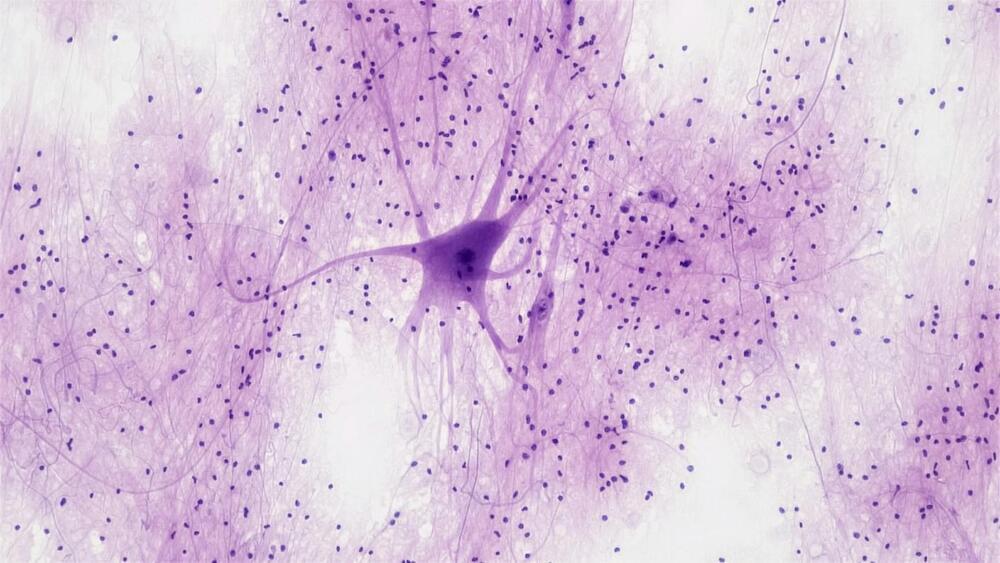Dec 23, 2024
How a new fungi study could affect how we think about cognition
Posted by Shubham Ghosh Roy in categories: food, neuroscience
Editor’s note: This story has been updated to clarify the type of trees affected by Phanerochaete velutina.
A species of wood-eating fungus didn’t need a brain to pass a cognitive test with flying colors, and researchers say this first-of-its-kind discovery could have broader implications for understanding consciousness and intelligence in a variety of life forms.
A team of researchers at Japan’s Tohoku University, led by Yu Fukasawa, associate professor in the Graduate School of Agricultural Science, set out to determine whether fungi could recognize shapes. Their study, published in the journal Fungal Ecology in October, found evidence that these bottom feeders possess memory and decision-making abilities despite not having a central nervous system.


















